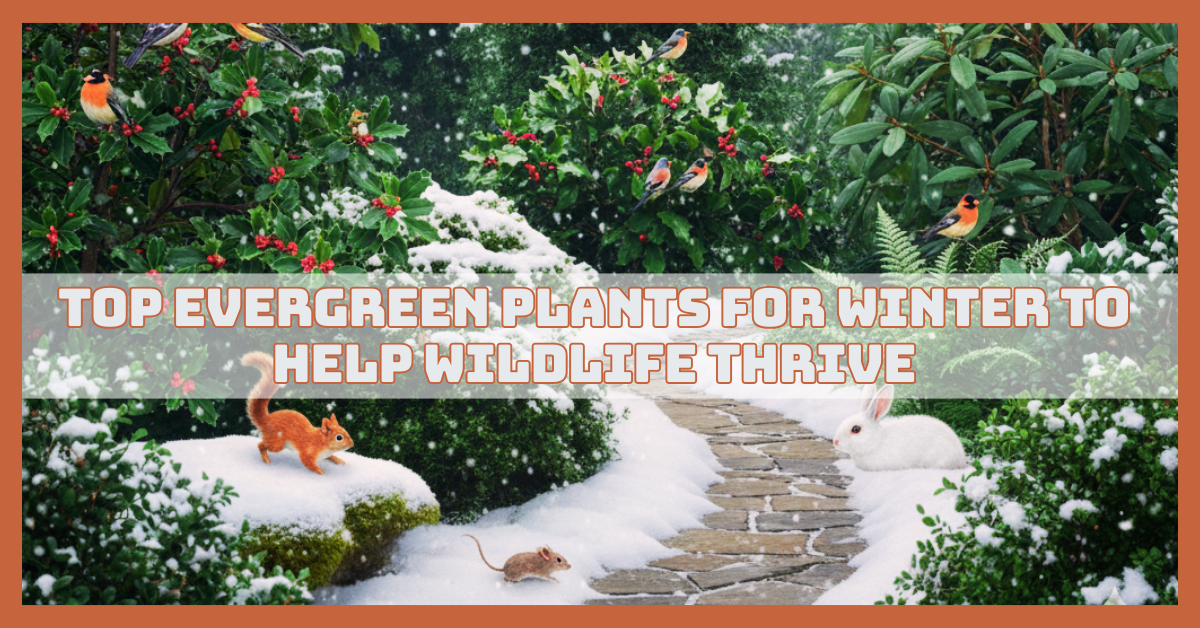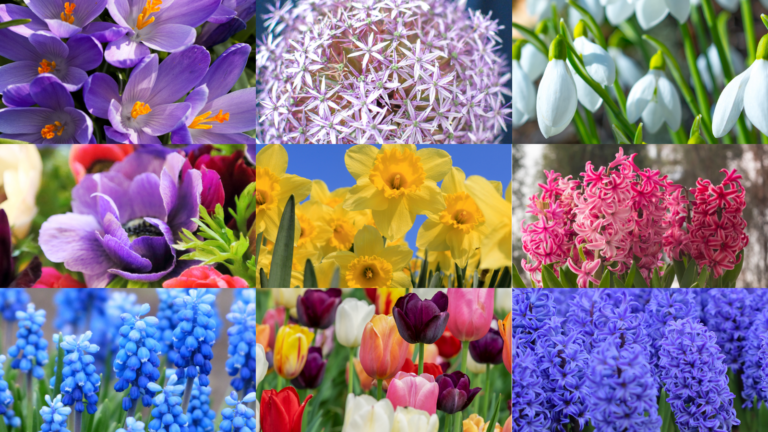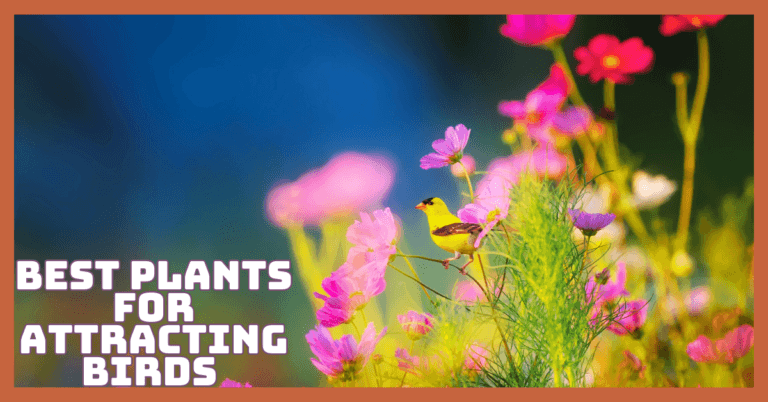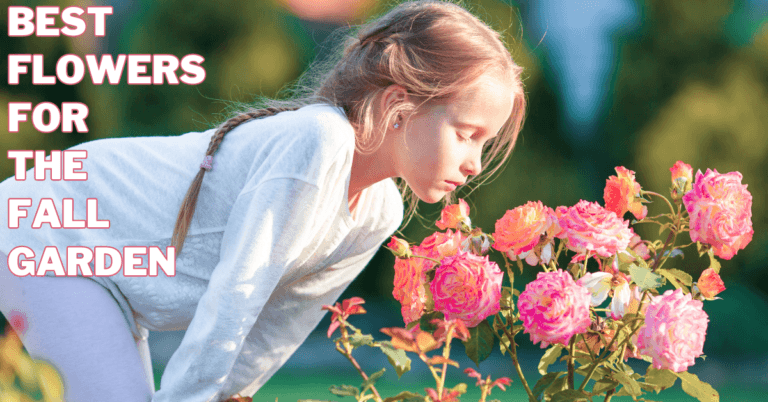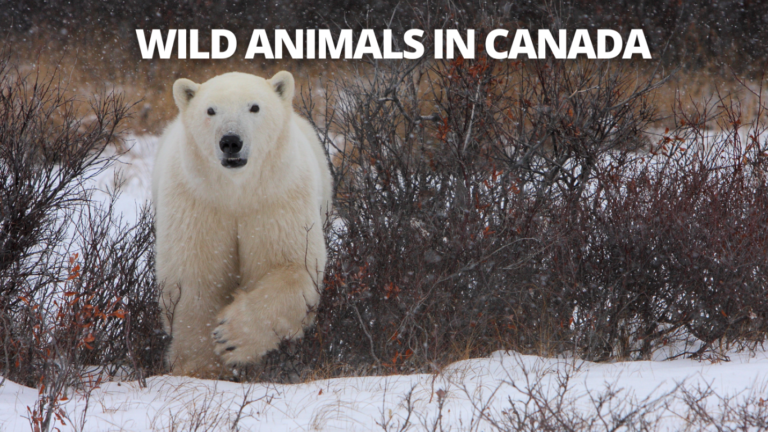Top Evergreen Plants For Winter To Help Wildlife Thrive
Winter can make gardens feel quiet and empty. Leaves fall, flowers fade, and the landscape turns bare. But evergreens change everything. They keep your garden full of life, colour, and structure—no matter how cold it gets.
They also support wildlife when resources are scarce. Birds need shelter, berries, and nesting spots. Small animals need hiding places. Pollinators need winter food. And evergreen plants step in to help.
In this guide, we’ll explore some of the best evergreen plants for winter interest and wildlife support. We’ll also look at how to use them in your landscape, how to care for them, and how to create a backyard that stays vibrant year-round. Let’s dive in.
Why Evergreens Matter In Winter
Evergreens bring colour to gray winter days. Their structure adds shape and movement to a garden. But the benefits go far beyond beauty.
1. Evergreen Plants Feed Wildlife
Evergreen plants supply berries, cones, and seeds during the coldest months when natural food sources disappear. Their consistent production supports birds, squirrels, and other wildlife, helping them survive winter scarcity and maintain strength until spring resources return.
2. Evergreens Offer Essential Shelter
Dense evergreen foliage creates safe hiding places where birds and small mammals can escape predators, wind, and heavy snow.
These plants act as natural shelters, offering warmth, protection, and quiet spaces that wildlife depend on during harsh winter conditions.
3. Evergreen Plants Create Microclimates
Evergreens block cold winds, trap warmth, and reduce temperature fluctuations around your garden. This creates microclimates that help delicate plants survive winter stress and give wildlife comfortable resting spaces, making your garden more resilient and life-friendly year-round.
4. Evergreens Keep Your Garden Visually Appealing
Winter landscapes often look bare, but evergreens maintain lush colour, structure, and height when everything else goes dormant.
Their steady presence adds beauty, balance, and charm to your garden, making it visually welcoming through the coldest months.
5. Evergreens Support Year-Round Biodiversity
These plants provide homes, food, and protection across all seasons, not just winter. Birds nest in spring, insects shelter in summer, and mammals feed on late-season seeds. Evergreens help maintain a thriving, balanced ecosystem throughout the year.
6. Evergreens Reduce Soil Erosion In Winter
Their sturdy roots hold soil in place during storms, wind, and snowmelt. By stabilizing the ground, they prevent erosion, protect slopes, and keep your garden healthier. Wildlife also benefits from the stable habitat these plants help create.
Types Of Evergreen Plants For Winter
Let’s explore the top evergreen plants that shine brightest in winter and help backyard wildlife survive.
1. Holly (Ilex)
Holly is a classic winter evergreen with glossy green leaves and vivid red berries that brighten cold, dull landscapes. It adds firm texture, structure, and festive colour when most plants look bare.
Holly works beautifully in hedges, borders, and natural plantings, bringing year-round charm and winter brilliance to gardens.
Why Holly Is Great For Wildlife
Holly offers nutrient-rich berries that feed birds when winter food is scarce. Its dense, spiny foliage creates a safe hiding place from predators and harsh weather.
Many bird species also nest or roost within holly shrubs, making them valuable shelter plants in wildlife-supporting gardens.
Top Varieties To Grow
- American Holly (Ilex opaca): A classic native holly with glossy evergreen leaves and bright red berries that persist through winter.
- Winterberry Holly (Ilex verticillata): A deciduous holly famous for its heavy clusters of red berries that stand out after leaves drop.
- Blue Princess Holly (Ilex × meserveae ‘Blue Princess’): Known for its deep blue-green foliage and abundant berry production when paired with a male pollinator.
- Inkberry Holly (Ilex glabra): A soft-leaved evergreen holly with black berries; great for low hedges and naturalistic plantings.
- Dragon Lady Holly (Ilex × aquipernyi ‘Meschick’): A narrow, upright holly with dark green leaves and reliable berry displays, perfect for tight spaces.

2. Boxwood (Buxus)
Boxwood is one of the best evergreen plants for winter, providing year-round structure, greenery, and visual interest in gardens and landscapes. Its versatile form works well in hedges, borders, and formal gardens.
Boxwood provides winter greenery and visual interest while complementing other plants. Its durability and neat structure enhance the beauty of cold-season landscapes.
Why Boxwood Is Great For Wildlife
Boxwood offers dense shelter for small birds and mammals during winter storms. Its branches protect wildlife from wind and predators, creating safe spaces.
While it does not produce berries, it provides critical cover and structure in layered gardens, supporting a variety of small species and helping maintain balanced winter habitats.
Top Varieties To Grow
- English Boxwood (Buxus sempervirens ‘Suffruticosa’): A classic dwarf variety with dense, small leaves; perfect for borders and formal designs.
- American Boxwood (Buxus sempervirens): Larger and more vigorous, ideal for hedges and year-round structure.
- Green Mountain Boxwood (Buxus × ‘Green Mountain’): A naturally conical variety that holds its shape well, great for topiary or upright accents.
- Green Velvet Boxwood (Buxus × ‘Green Velvet’): A rounded, compact cultivar with rich green foliage that stays vibrant through winter.
- Winter Gem Boxwood (Buxus microphylla ‘Winter Gem’): Known for its durability and cold tolerance, it maintains a lush look even in harsh winters.
3. Juniper (Juniperus)
Junipers are versatile evergreens with spreading, upright, or ground-hugging forms, providing year-round texture and colour. Their blue-green needles and berries add visual interest during winter.
Junipers are hardy, low-maintenance, and work in rock gardens, slopes, or borders. They enhance winter landscapes while providing layered structure and natural charm.
Why Juniper Is Great For Wildlife
Juniper berries feed birds such as robins, waxwings, and thrushes during winter scarcity—dense foliage shelters small mammals and insects. Ground-hugging varieties provide protective cover for wildlife.
By offering food and shelter, juniper contributes to biodiversity, supporting survival and nesting while maintaining a natural habitat in winter gardens.
Top Varieties To Grow
- ‘Blue Rug’ (Juniperus horizontalis) – Low-growing, silver-blue foliage; great groundcover.
- ‘Blue Star’ (Juniperus squamata) – Dense, bright blue needles; compact mound; very ornamental.
- ‘Skyrocket’ (Juniperus scopulorum) – Tall, narrow, columnar form; ideal for tight spaces.
- ‘Moonglow’ (Juniperus scopulorum) – Silvery-blue needles; upright habit; excellent for hedges.
- ‘Old Gold’ (Juniperus × pfitzeriana) – Golden foliage year-round; semi-arching form.
Turn Your Passion for Nature Into Income
🌿 Whether you love gardening, caring for animals, or exploring holistic living,
You can share your knowledge online and earn from it.
Discover how nature lovers are growing their passions into meaningful, income-generating blogs. 👇
4. Yew (Taxus)
Yews are valuable evergreen plants for winter, providing year-round greenery, texture, and elegant structure in hedges, borders, and woodland gardens. They are versatile in hedges, borders, or woodland gardens.
Yews provide year-round greenery and texture, adding elegance to landscapes. Their adaptable nature allows them to thrive in various soils while offering aesthetic appeal in all seasons.
Why Yew Is Great For Wildlife
Yews provide dense cover for birds and small mammals, protecting them from predators and winter storms. Red arils serve as a food source for wildlife during scarce months.
Yews also offer nesting opportunities, creating valuable habitats that support survival, safety, and shelter in cold or harsh environments.
Top Varieties To Grow
- ‘Elf’ – Dwarf, compact, dense foliage; soft pink buds opening to white.
- ‘Ostbo Red’ – Deep red buds and rosy flowers; excellent winter colour.
- ‘Sarah’ – Bright pink blossoms with darker centers; vigorous growth.
- ‘Peppermint’ – White flowers striped with red; very striking bloom pattern.
- ‘Carousel’ – White flowers with bold maroon banding; dramatic and unique.

5. Mountain Laurel (Kalmia latifolia)
Mountain laurel is a broadleaf evergreen with glossy leaves and striking flowers in spring. Its foliage remains vibrant in winter, providing structure and texture.
Ideal for woodland or shaded gardens, mountain laurel adds year-round interest and natural charm. Its dense growth creates depth and aesthetic appeal even during colder months.
Why Mountain Laurel Is Great For Wildlife
Mountain laurel provides shelter for birds and small animals during winter. Early blooms attract pollinators emerging in late winter or early spring.
Dense foliage offers protective cover, while the shrub supports nesting and roosting. By creating safe habitats and food opportunities, mountain laurel contributes to healthy, wildlife-friendly gardens.
Top Varieties To Grow
- ‘Elf’: A compact dwarf variety with light pink buds that open to white flowers; great for small gardens and shaded areas.
- ‘Peppermint’: Known for its striking white blooms streaked with deep red, giving a candy-like appearance.
- ‘Ostbo Red’: Features vivid red buds that open to soft pink flowers, adding bold colour contrast in late spring.
- ‘Minuet’: A dwarf, rounded form with maroon-marked white flowers; ideal for foundation plantings.
- ‘Nipmuck’: Appreciated for its dense growth and heavy flower clusters in soft pink shades.
6. Rhododendron And Evergreen Azalea
Evergreen rhododendrons and azaleas maintain foliage all year, adding bold texture and winter colour. Their glossy leaves and spring blooms enhance visual interest.
Adaptable to shaded or partially sunny locations, these evergreens work in borders, foundation plantings, or woodland gardens, providing structure, layered beauty, and long-lasting winter appeal.
Why They Are Great For Wildlife
Dense rhododendrons and azaleas provide shelter and hiding spots for birds and small mammals. Early blooms offer nectar to pollinators emerging in late winter.
Their layered branches protect wildlife from predators and harsh weather. These evergreens create habitats that support survival, feeding, and nesting in wildlife-friendly landscapes year-round.
Top Varieties To Grow
- ‘Catawbiense Grandiflorum’ – Very hardy; lavender blooms; large, evergreen leaves.
- ‘Nova Zembla’ – Bright red flowers; excellent cold tolerance; strong structure.
- ‘PJM’ – Compact, cold-hardy, and reliable; purple blooms with bronze winter foliage.
- ‘Roseum Elegans’ – Soft rose-lilac blooms; vigorous and shade-tolerant.
- ‘Germania’ – Deep pink blossoms; upright growth; excellent for woodland gardens.
7. Mahonia (Mahonia aquifolium)
Mahonia, or Oregon grape, is an evergreen shrub with spiny leaves, yellow flowers, and dark berries. Its foliage stays vibrant in winter, and its flowers attract early pollinators.
Mahonia’s unique texture adds depth and colour to winter gardens while providing hardy, low-maintenance structure suitable for woodland or shaded landscapes.
Why Mahonia Is Great For Wildlife
Mahonia provides early nectar for bees emerging in late winter. Its berries are eaten by birds, offering a vital food source. Dense, spiny foliage shelters small mammals and protects them from predators. By combining food and cover, Mahonia encourages biodiversity and sustains wildlife in winter-friendly gardens.
Top Varieties To Grow
- ‘Apollo’ – Compact, rounded shape with bright yellow spring flowers; very hardy.
- ‘Compacta’ – Dense, dwarf form ideal for small gardens and foundation plantings.
- ‘Mayhan’s Strain’ – Vigorous growth, large flower clusters, and excellent winter colour.
- ‘Pinnacle’ – Upright habit with glossy, dark green leaves and abundant berries.
- ‘Orange Flame’ – New foliage emerges bronze-orange before turning deep green.
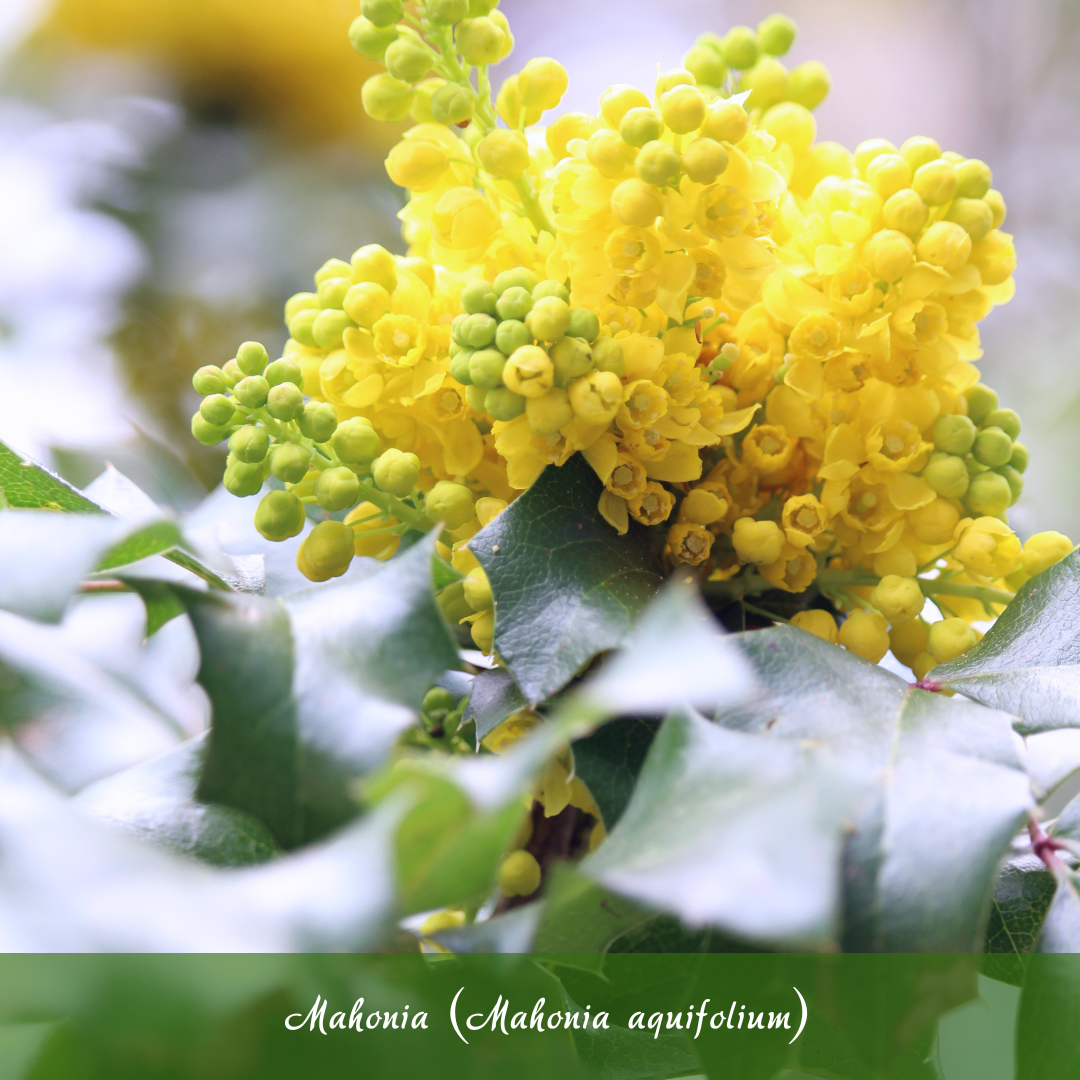
8. Bearberry (Arctostaphylos uva-ursi)
Bearberry is a low-growing evergreen groundcover with shiny leaves and red berries that persist in winter. Hardy and drought-tolerant, it stabilizes soil on slopes and adds texture to landscapes.
Its creeping habit makes it ideal for rock gardens, woodland edges, and wildlife-friendly gardens that benefit from year-round ground coverage and colour.
Why Bearberry Is Great For Wildlife
Bearberry berries are eaten by birds and small mammals during winter, providing critical nutrition. Its dense foliage protects insects and ground-dwelling animals.
By stabilizing soil and offering food and shelter, bearberry supports biodiversity, encourages nesting, and creates safe, resilient habitats even in challenging winter conditions.
Top Varieties To Grow
- ‘Massachusetts’ – Extremely hardy and dense; ideal for erosion control and cold climates.
- ‘Wood’s Red’ – Features vivid red stems and richer fruit colour; excellent winter interest.
- ‘Vancouver Jade’ – Compact, glossy foliage with a tight growth habit; great for small spaces.
- ‘Radiant’ – Brighter green leaves and strong spreading habit; reliable groundcover.
- ‘Point Reyes’ – Low, creeping form with excellent drought tolerance; thrives in sandy soils.
9. Wintercreeper (Euonymus fortunei)
Wintercreeper is an excellent choice among evergreen plants for winter, providing year-round ground coverage, texture, and visual interest in gardens and landscapes.
It spreads quickly, covering slopes, bare patches, or garden beds. Its dense growth adds winter structure and texture, creating low-maintenance visual interest while supporting layered garden designs that complement taller shrubs and trees.
Why Wintercreeper Is Great For Wildlife
Wintercreeper provides shelter for small mammals and insects throughout winter. Its dense mats offer hiding spaces, while birds find cover beneath low foliage.
Although it produces limited berries, its year-round foliage contributes to habitat complexity, helping wildlife survive cold months and maintain biodiversity in gardens.
Top Varieties To Grow
- ‘Emerald Gaiety’ – Green leaves with white edges; turns pink in winter; great for brightening cold landscapes.
- ‘Emerald ’n Gold’ – Yellow-edged foliage that becomes pinkish-red in winter; very eye-catching.
- ‘Moonshadow’ – Yellow centers with dark green margins; compact and tidy.
- ‘Vegetus’ – Larger leaves; strong climber or groundcover; very hardy.
- ‘Silver Queen’ – Silvery-white variegation; excellent for shade or partial shade.
10. Pyracantha (Firethorn)
Pyracantha is one of the most striking evergreen plants for winter, offering colour, structure, and wildlife-friendly shelter throughout the season. Its dense growth and striking fruit provide winter interest and colour.
Pyracantha’s architectural form suits walls, fences, and hedges, adding wildlife-friendly structure while remaining visually appealing throughout colder months.
Why Pyracantha Is Great For Wildlife
Pyracantha berries feed birds such as robins and waxwings during winter scarcity. Its thorny branches protect nesting birds and small mammals from predators.
By offering both food and shelter, Pyracantha supports survival in harsh conditions while creating natural refuges, helping maintain biodiversity in gardens throughout winter.
Top Varieties To Grow
- ‘Mohave’ – Heavy orange-red berries, strong disease resistance, and vigorous growth.
- ‘Teton’ – Upright, narrow form with bright yellow-gold berries; excellent for hedges.
- ‘Victory’ – Deep orange berries and dense branching; great for privacy screens.
- ‘Orange Glow’ – Intense orange fruit clusters and excellent cold tolerance.
- ‘Saphyr Rouge’ – Striking red berries with good fire blight resistance.

11. Douglas Fir (Pseudotsuga menziesii)
Douglas Fir is a tall, long-lived evergreen known for its soft needles, pyramidal shape, and strong cold tolerance. It grows quickly and adapts well to different soils, making it a reliable landscape tree.
Its dense branches stay green all year, offering structure and beauty even in harsh winters. Mature trees produce abundant cones filled with nutritious seeds.
Why Is Douglas Fir Great For Wildlife
Douglas Fir supports wildlife year-round by providing shelter, nesting spaces, and reliable winter food. Its cones hold seeds that feed birds and small mammals, especially during scarce cold months.
The dense branches protect wildlife from wind and predators, making it one of the most valuable evergreens for winter survival.
Top Varieties To Grow
- ‘Compacta’ – Smaller, slower-growing, great for home landscapes.
- ‘Fastigiata’ – Upright, narrow form ideal for tight spaces.
- ‘Glauca’ – Striking blue-green needles with excellent cold tolerance.
- ‘Blue Wonder’ – Dwarf form with silvery-blue foliage, perfect for small gardens.
- ‘Graceful Grace’ – Soft, arching branches with elegant texture.
12. Cedar And Redcedar (Cedrus / Juniperus virginiana)
Cedars and redcedars are majestic evergreens with textured foliage and aromatic wood, adding height and drama to gardens. They function as windbreaks, privacy screens, or specimen trees, maintaining year-round greenery.
Their striking form enhances winter landscapes while creating woodland charm and structure that persists through cold months.
Why Cedar Is Great For Wildlife
Redcedar berries provide food for birds, while dense branches offer roosting and nesting sites. Large cedars protect owls, hawks, and small mammals from harsh weather and predators.
These evergreens support winter survival, creating permanent wildlife habitats and providing essential cover, food, and safe spaces in gardens year-round.
Top Varieties To Grow
- Eastern Redcedar (Juniperus virginiana): A hardy native species with dense, berry-covered foliage that supports birds and winter wildlife.
- Blue Atlas Cedar (Cedrus atlantica ‘Glauca’): Famous for its striking blue needles and graceful branching, adds bold winter structure.
- Deodar Cedar (Cedrus deodara): Soft, drooping needles and a pyramidal shape make it both elegant and highly resilient in winter.
- Lebanon Cedar (Cedrus libani): A majestic, long-lived species with wide-spreading branches, offering excellent shelter for birds.
- Cyprus Cedar (Cedrus brevifolia): Compact and slow-growing, great for more miniature landscapes while still providing evergreen coverage year-round.
Conclusion
Evergreen plants for winter are essential for maintaining garden beauty, providing wildlife support, and ensuring year-round structure and colour during cold months.
They provide food, shelter, and protection for birds, mammals, and insects when resources are scarce. Their evergreen foliage maintains structure, colour, and visual interest through cold months, enhancing landscapes.
Choosing the right varieties ensures winter beauty, ecological support, and lasting enjoyment, making evergreens a vital component of any wildlife-friendly garden.
I trust you enjoyed this article on the Top Evergreen Plants For Winter To Help Wildlife Thrive. Please stay tuned for more inspiring guides, helpful tips, and ideas to help you live closer to nature every day.
Take care!
— JeannetteZ
💬 Your Opinion Is Important To Me
Do you have thoughts, ideas, or questions? I’d love to hear from you. Please leave your comments below or email me directly at Jeannette@Close-To-Nature.org.
📚 More Nature-Inspired Reads
Explore more ways to connect with nature, nurture your pets, and live in harmony with the world around you 🌿

